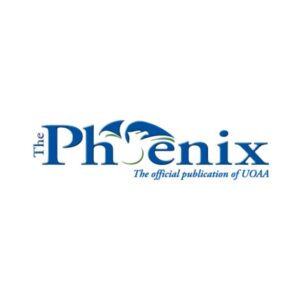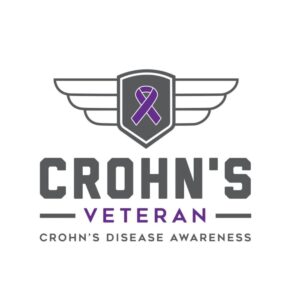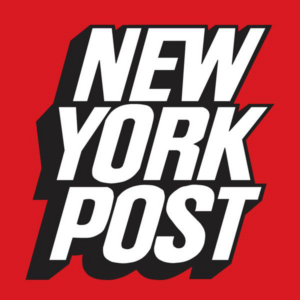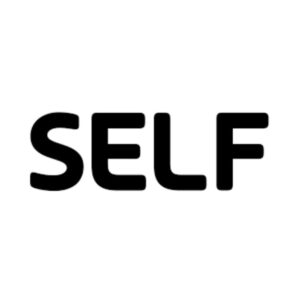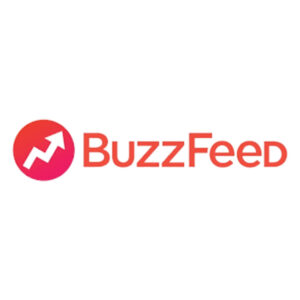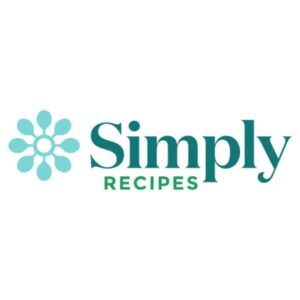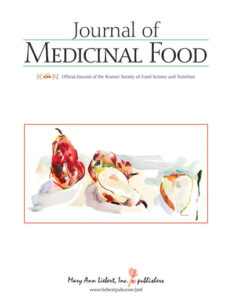Food Sources of Omega-3s
Your body needs fat to function, but it can’t create all needed fats on its own. One example is omega-3 fatty acid, an essential fat your body can get from food. Eating foods with omega-3 fatty acids keeps your brain, eyes, and heart healthy and helps protect your body against germs and bacteria. Additionally, omega-3 fatty acids may help reduce inflammation, as well as have a potential medication-sparing effect, reduction of IBD disease activity, and increased time in remission!
There are three different types of omega-3 fatty acids. Their scientific names, which can be tongue twisters, relate to the chemical structures. Thus, they’re often referred to by three-letter acronyms:
- DHA, or docosahexaenoic acid
- EPA, or eicosapentaenoic acid
- ALA, or alpha-linolenic acid
The body can’t make omega-3 fatty acids, thus you must get them through the foods you eat.
The recommended amount of omega-3 fatty acids for healthy people are:
- Men (19 and older): 1.6 grams (or 1600 milligrams) daily
- Women (19 and older): 1.1 grams (or 1100 milligrams) daily
- Pregnant women (19-50 years): 1.4 grams (or 1400 milligrams daily
- Breastfeeding women (19-50 years): 1.3 grams (or 1300 milligrams) daily
DHA/EPA: Fatty Fish Omega-3 Sources
The human body absorbs DHA/EPA more efficiently than plant-based sources of omega-3s!
Cold water fish such as salmon, tuna, trout, mackerel (not king), herring, sardines, and anchovies are all high in DHA and EPA omega-3s!
Foods High in EPA and DHA (listed in grams of omega-3s):
Herring fish
- 5 oz = 3.1 g
Mackerel
- 4 oz = 2.6 g
- 3 oz = 1.5 g
Rainbow Trout
- 5 oz = 1.4 g
Halibut
- 3 oz = 1 g
- 3 oz = 0.7 g
Rockfish
- 5 oz = 0.6 g
Shrimp
- 1/2 cup = 0.4 g
Catfish
- 5 oz = 0.3 g
ALA: Plant-Based Omega-3 Sources
Omega-3s are not limited to fish. They are also found in some vegetable oils, nuts, seeds, and soy foods (so are vegetarian and vegan friendly).
The omega-3s found in plant-based sources are known as ALA. The body can convert the ALA you get from food into DHA and EPA (however, the amount made is very limited). That being said, it’s still worthwhile to regularly include ALA in our diet.
Good sources of ALA omega-3s include ground flaxseed, flax oil, pumpkin seeds, chia seeds (if tolerated), walnuts, walnut oil, and walnut butter.
Foods High in ALA (listed in grams of omega-3s):
Flaxseed oil
- 1 Tbsp = 7.3 g
Chia seeds
- 1 Tbsp = 7 g
Flaxseed (ground)
- 1 Tbsp = 1.6 g
Black walnuts
- 1/2 cup = 1.7 g
Mixed nuts
- 1/2 cup = 1.3 g
Canola oil
- 1 Tbsp = 1.3 g
Soybean oil
- 1 Tbsp = 0.9 g
Hemp seeds
- 1 Tbsp = 0.9 g
Navy beans
- 1/2 cup = 0.6 g
Edamame
- 1/2 cup = 0.3 g
Kidney Beans
- 1/2 cup = 0.1 g
Fortified Sources of Omega-3s:
Some foods and beverages are also fortified with omega-3s. For example, eggs, milk, and soy drinks may be fortified with omega-3s.
Eggs: Some chickens are given feed that is high in omega-3s so their eggs will contain more as well. When buying eggs, check the package label.
Pro-Tips to Include More Omega-3s in Your Eating Plan:
Fish:
Eat 4 ounces of grilled, baked, broiled, or sautéed fish at least twice each week.
- Try new ways to cook fish. Try poaching it in an orange juice and herb mixture, or bake fish with vegetables wrapped in foil.
- Pro-Tip: Be careful when cooking fish—it cooks quickly.
To limit calories and potential GI distress, avoid deep-fried fish. To limit mercury intake, avoid shark, swordfish, king mackerel, tilefish (golden bass), orange roughy, and big-eye tuna.
- It is especially important that women who are pregnant, planning to become pregnant, or breastfeeding avoid these fish.
Eggs:
Read the labels on egg cartons and choose eggs that are high in omega-3 fatty acids.
- These eggs have more omega-3 fats than regular eggs because the chickens that lay the eggs are fed omega-3–fortified feed.
- Keep in mind that egg yolks contain cholesterol, so limiting your egg consumption may be important.
Plants:
- If you use flaxseed, be sure it is ground. Your body cannot digest the beneficial fat if you eat whole flaxseeds.
- Eat walnuts or walnut butter, as walnuts provide much more ALA than any other nut.
- Select oils that provide omega-3 fat, such as flaxseed oil and walnut oil.
Want more personalized recommendations?
Still feeling confused about omega-3 recommendations for IBD? I help my clients implement a highly personalized nutrition plan that brings clarity around which to foods to add that may be beneficial, reduces fear and anxiety around eating, reduces inflammation, and ultimately helps them to get their lives back.
Want to chat more about your specific situation? Let’s get in touch!
References:
US Department of Agriculture Agricultural Research Service. USDA National Nutrient Database for Standard Reference and Nutrient Data Laboratory; NutritionData.com. Nutrition Facts and Information.



